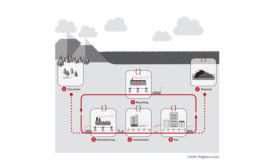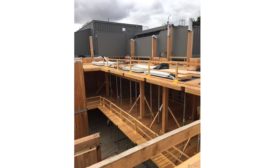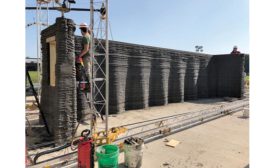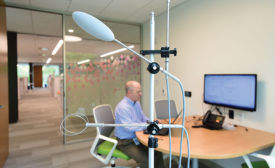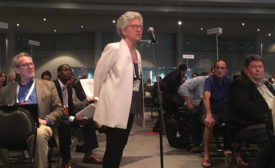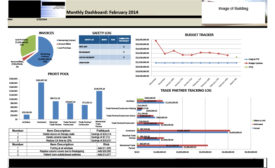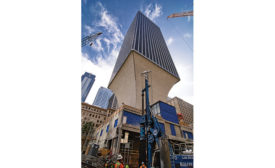Articles by Nadine M. Post
'Regluing' Oregon State's Showcase for Mass Timber
The project has turned out to be a complicated cautionary tale
Read More
The latest news and information
#1 Source for Construction News, Data, Rankings, Analysis, and Commentary
JOIN ENR UNLIMITEDCopyright ©2025. All Rights Reserved BNP Media.
Design, CMS, Hosting & Web Development :: ePublishing
